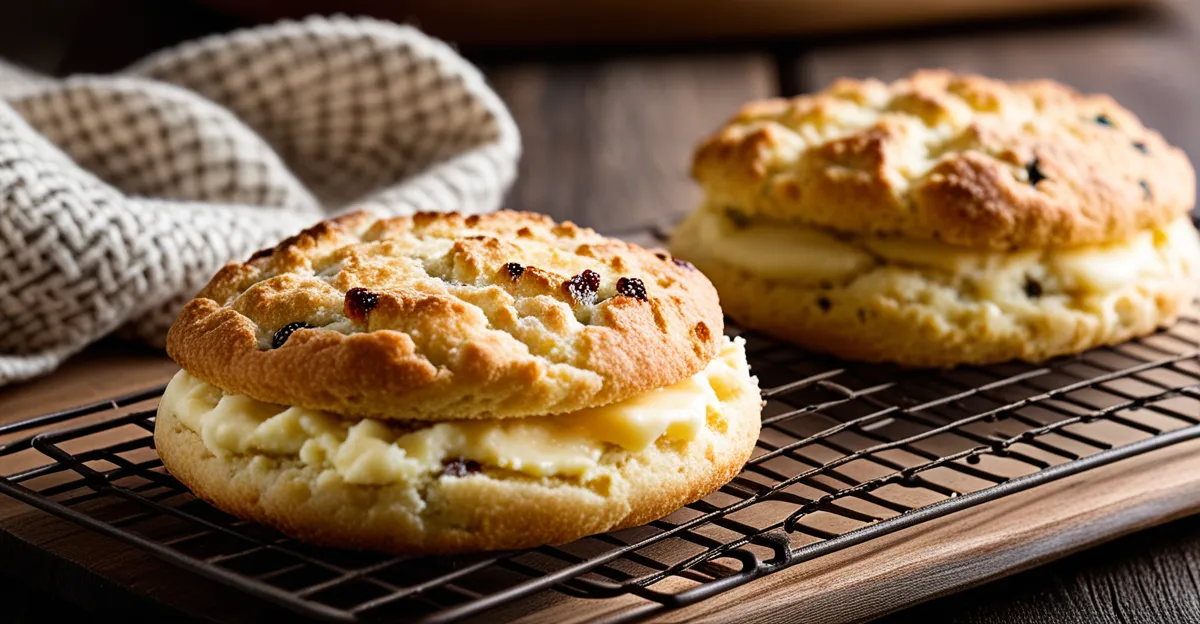Step-by-step guide to making gluten-free scones
Crafting gluten-free scones requires precise attention to ingredients and technique to mirror the delightful texture of a traditional scone recipe. Start with a well-measured blend of gluten-free flours, ensuring the base is light and not dense. Incorporate leavening agents such as baking powder to aid rise, which compensates for gluten’s absence in structure formation.
When adapting classic scone techniques for gluten-free baking, treat the dough gently. Overworking can lead to crumbly, dry results. Combine dry ingredients first, then cut cold butter into mixture until pea-sized crumbs form—this creates flakiness. Slowly add wet ingredients like milk or cream, mixing just until combined to avoid toughness.
This might interest you : What are the essential techniques for a perfect fish and chips?
To mix, shape, and bake: pat your dough into a neat circle about 2cm thick on a floured surface, then cut into wedges or rounds. Place scones spaced on a baking tray lined with parchment. Bake in a preheated oven at 200°C (390°F) for 12–15 minutes until golden and risen. This stepwise method ensures light, tender gluten-free scones that rival their wheat-based counterparts.
Gluten-free flour blends for scones
Selecting the right gluten-free flour blends is critical when baking scones to replicate the tender crumb of a traditional scone recipe. Commercial flour mixes formulated specifically for gluten-free baking often combine rice flour, tapioca starch, and potato starch to provide balance in texture and structure. These blends typically contain xanthan gum or guar gum, which mimic gluten’s binding properties, crucial for holding the scone together and encouraging rise.
Topic to read : What are the best practices for cooking a tender roast beef?
When looking for the best flour for scones, prioritize blends that have a fine consistency and a neutral flavor, as coarse or bitter flours can affect taste and texture negatively. Alternatively, you can create a homemade blend by mixing 40% brown rice flour, 30% tapioca starch, and 30% potato starch, adding about 1 teaspoon of xanthan gum per cup to ensure elasticity.
The balance of starches contributes to lightness and moisture retention. Too much rice flour may result in dryness, and insufficient starches can hinder the rise and fluffiness. Using an appropriate gluten-free flour blend guarantees your scones achieve that prized soft but firm bite characteristic of the classic scone experience, making your baking reliably successful every time.







